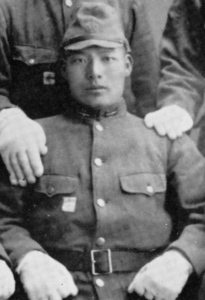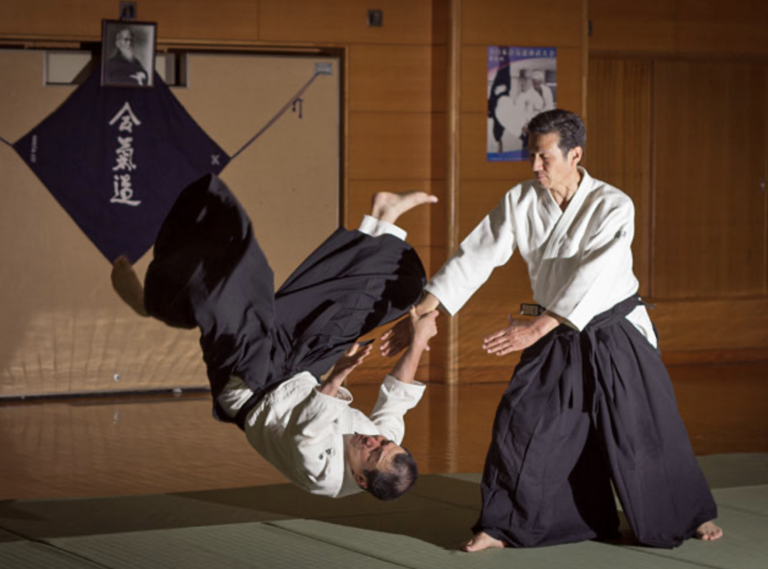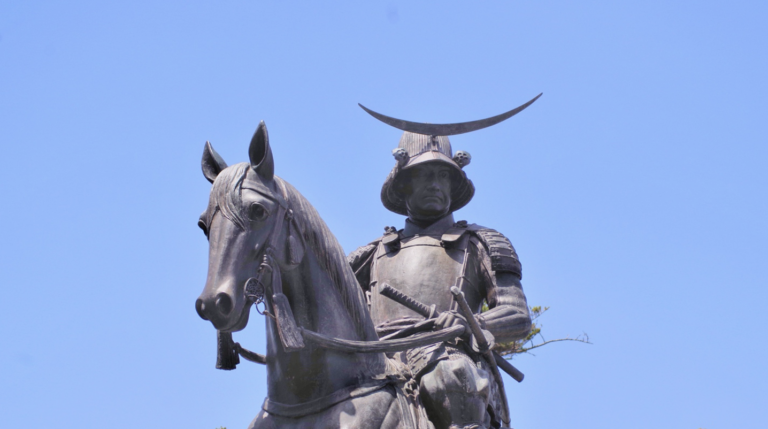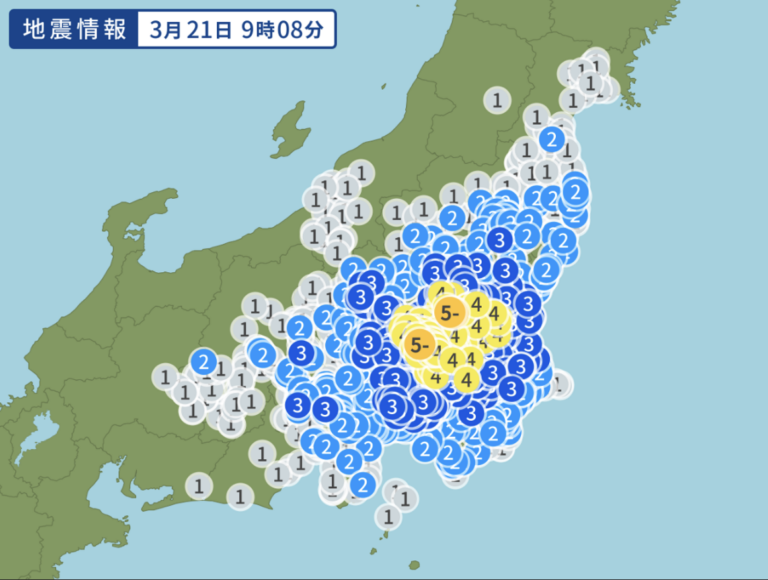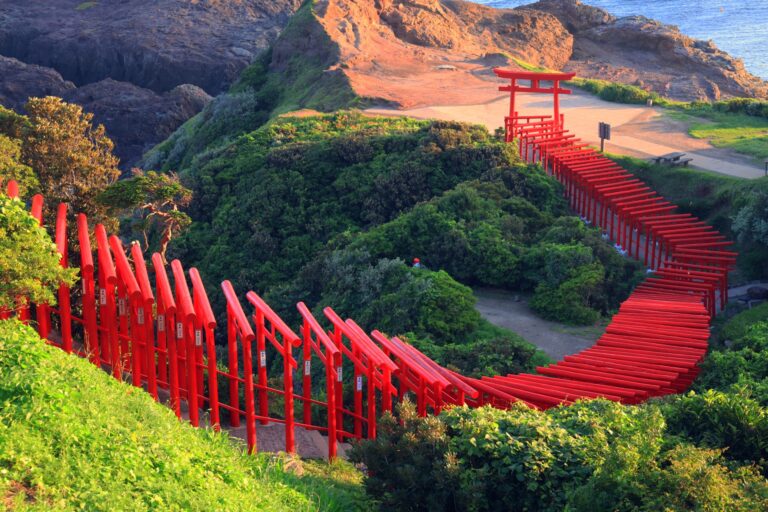Not human? Former Japanese soldier who also became the main character of an anime.
Have you ever seen the manga/anime “Golden Kamuy”? The main character, Sugimoto, is said to be based on the real-life Japanese soldier, Hiroshi Funasaka.
Let’s take a look at this legendary figure who is beyond human.
One man can defeat more than 100 American soldiers
He was active in a battle on a small island in Palau in the South Pacific. At a time when Japan’s defeat was already imminent, the battle on this island also saw a considerable gap in strength, and the number of Japanese soldiers around him was rapidly diminishing. Armed with a grenade launcher Funasaka continued to fight. However, a grenade launcher cannot fire a series of shots, because the tube heats up after each use.
Despite that, he continued to fight with his red-hot grenade launcher and is said to have single-handedly killed more than 100 American soldiers.
Surviving a death sentence
On the third day of the battle, Funasaka suffered a severe laceration on his left thigh from an American attack. The enemy attack was so severe that he was left alone for several hours until he was examined by a military doctor. After seeing the condition of his wounds, the doctor determined that he could not recover, and he was given a hand grenade to take his own life with.
Funasaka, however, did not give up and wrapped a national flag around his wound instead of a bandage, and over the next few days, he returned to the Japanese military camp in the cave. The next day, he recovered his ability to walk with a limp in his left leg and continued to fight again.
In the following battles, he suffered several serious near-death injuries, but he was able to recover from all of them. His resilience was beyond the level of a human being.
Never give up, even in hopeless situations
Funasaka did not give up despite the hopelessness of the situation. The Japanese army was short of weapons. He knocked down an American soldier with his pistol, took out more of the enemy with the submachine gun he had taken from them, and stabbed one to death with his bayonet. He defeated five American soldiers with wounds to his left leg and both arms. It was at this time that he became known as “the immortal squad leader”.
Fight even if you can’t walk
The Japanese army was gradually driven into a corner.
Funasaka, who continued to fight amid a Japanese army that lacked food, water, and weapons, was stabbed in the stomach, and the wound became infested with maggots. He could no longer walk and could only crawl. Deciding that he didn’t want to be finished off by maggots, he used the hand grenade he was given earlier, but it didn’t work.
In despair of not being able to die and seeing his comrades in arms fall one after another, he decided to make a final raid on an American military base.
Unable to walk, he rushed into the U.S. military headquarters alone with only six hand grenades and a pistol. Finally, he infiltrated to within 20 meters of the U.S. command tent, but his body was covered with 24 large and small wounds, five of which were quite severe. He managed to crawl forward with about 20 shell fragments sticking out of him.
Waiting for as many American soldiers as possible to gather, Funasaka waited to attack. When the time was right, he stood up with all his might, and when the American soldiers saw his battered figure, they thought they were looking at a ghost and froze. Funasaka rushed toward the command center but was shot and collapsed. He was carried to the field hospital, still grasping the hand grenade. When the soldiers tried to get the grenade and pistol from his hands, he refused to let go. As his fingers were peeled off one by one, Funasaka said to the American soldier,
“This is harakiri. Only a Japanese samurai can die so bravely.”
Then, at the field hospital where he was brought in, Funasaka, feeling that he was being treated with mercy, went on a rampage and destroyed the instrumental equipment.
He pressed the muzzle of a submachine gun held by a rushing soldier against his own body and shouted, “Kill me!”. This event became the topic of conversation among the American soldiers.
He was then interned in a prisoner-of-war camp and returned home after the war.
Was he alive?
The Japanese had not been able to track down Funasaka and treated him as killed in action, so his family was surprised to see him when he returned home! They went to see his grave and pulled out his gravestone.
After returning to Japan, Funasaka believed that his country was losing to the U.S. in education and culture, so he opened a bookstore.
That bookstore was Taiseido Bookstore (大盛堂書店), which still stands in front of Shibuya Station.
If you have been to Tokyo, you may have seen it. That’s how much it stands out.
Furthermore, he became famous as a kendo martial artist, and later on, Funasaka gave Yukio Mishima the sword that ended up being used to decapitate Mishima when his attempt to start a revolution in Japan was unsuccessful.
Funasaka visited not only the islands where he fought but also the islands that were the site of fierce battles and their respective memorials. He left behind many books, the proceeds of which he donated to the International Red Cross in the hope of world peace.
What the legendary demons wanted was peace in the world and Japan. We must continue to carefully protect their wishes.
ABE KENGO


